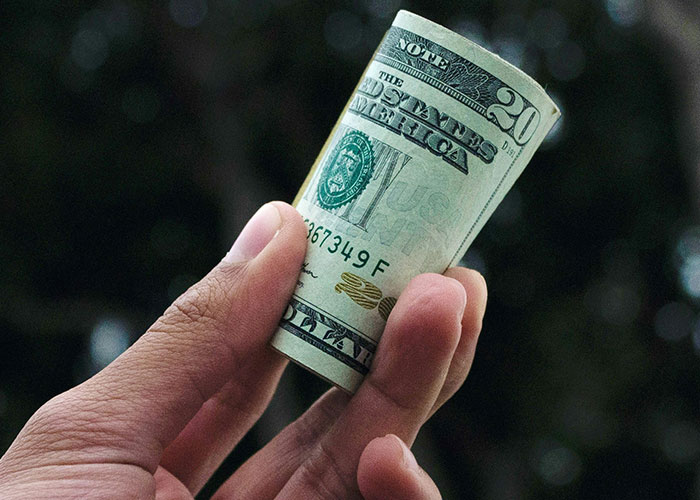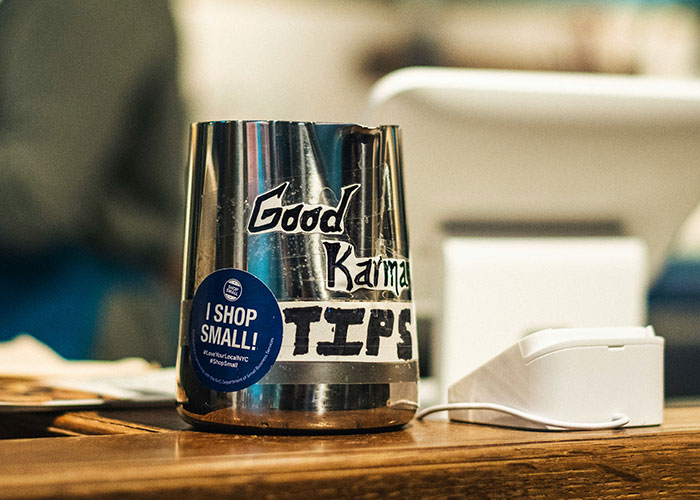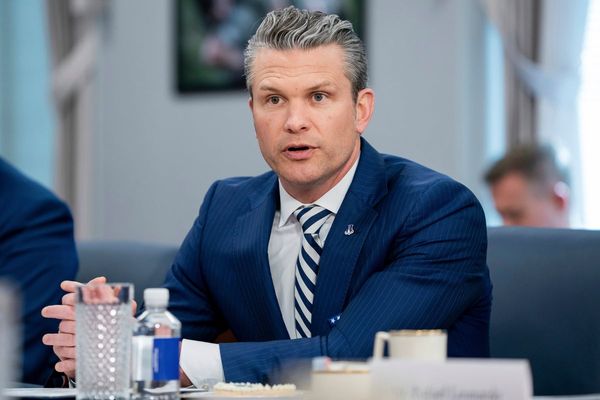Tipping culture varies from country to country. In Japan, offering gratuity is uncommon and often done discreetly. On the other hand, tipping is optional in places like Germany, Portugal, Ireland, and the UK because a service charge is sometimes included. The acceptable tipping percentage in these countries is between 5 and 10%.
In the United States, service industry employees rely on the 20% tips they receive. Anything lower could make them question whether the customers weren’t happy with the job they did or cause them to react aggressively.
A family experienced the latter when the mom, visiting from overseas, paid below the standard tipping amount. It caused quite a scene with the server chasing them down as they left. Read the entire story below.
In the United States, restaurant waitstaff rely on the 20% tips they receive

Image credits: Roshan Mohammed / unsplash (not the actual photo)
A family that gave less than 10% got confronted by their server, who followed them and asked for more




Image credits: Infrarate / unsplash (not the actual photo)
It caught them off guard, as the mom quickly learned about the tipping culture in the US


Image credits: randomsatx
“Guilt tipping” has become a recent trend among Americans

Image credits: Dan Smedley / unsplash (not the actual photo)
If you live in the US and have noticed a shift in tipping trends, you’re not alone. A 2023 survey by LendingTree found that 60% of Americans believe they are tipping more than before.
41% admitted to changing their purchasing habits because of tipping expectations, while 60% believe the trends have gotten out of control. Here’s the kicker: 24% say they “always feel pressured” when the option is there.
Experts refer to the anxiety and stress caused by gratuity as “guilt tipping.” As LendingTree’s chief credit analyst Matt Schulz tells CNBC Make It, consumers are “getting increasingly tired” of it.
“People don’t want to feel like a jerk or cheapskate. Businesses are taking advantage of that,” he explained.
Schulz adds that “bigger-than-usual tips” have become the default option in payment terminals, leaving consumers with almost no choice but to comply.
Other experts like Georgetown University economist Harry Holzer believe it’s an employer’s sneaky practice to pay their staff low wages.
“The whole thing is shifted onto the customer,” Holzer said. “It’s less expensive for [restaurant owners] to hire people.”
According to the Bureau of Labor Statistics, waitstaff in the United States earn an average hourly wage of $8.94. Unfortunately, it isn’t expected to change anytime soon.
“Maybe tipping is so culturally ingrained in our country that it will never completely go away, but not leaving a tip isn’t going to make it better,” former food service industry professional turned media personality Darron Cardosa wrote in an article for Food & Wine.
The server’s sentiments were understandable. Fortunately, the family gave him his due tip, despite his reaction.
Some commenters called out the story’s author










However, others believe that tipping customs in the US are getting out of hand












Others shared similar experiences















